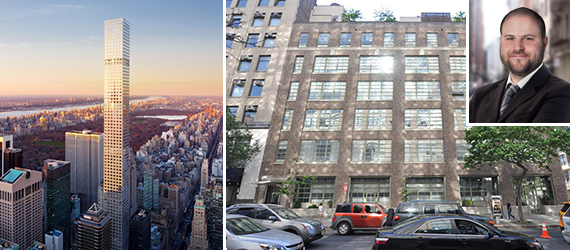Trending
Luxury homes sit on market longer as foreign buying power sags
Rising dollar is lowering overseas investors' interest in NYC real estate

With 2,386 new Manhattan luxury condo units hitting the market in 2015 at the same time that foreign purchasing power is weakening, luxury sales are showing signs of dragging.
Apartments costing over $10 million that went into contract in the fourth quarter of 2014 spent an average of 147 days on the market, almost twice as long as the same period in 2013, Bloomberg News reported. One big reason: the strengthening U.S. dollar is eating into the purchasing power of overseas investors.
While foreign buyers account for 15 percent of all apartment sales in Manhattan, they make up close to a third of high-end condo purchases. To cater to the increasing number of Chinese clients, Manhattan brokerages are hiring Chinese-speaking sales agents.
“We’re building a very narrowly defined super-luxury product with a fairly deep pool of buyers, but the challenge is going to be the mere fact that it’s all coming at the same time,” said Jonathan Miller, president of real estate appraisal firm Miller Samuel.
“Some people will get a little panicky because things are not selling as fast” said Leonard Steinberg, president of Urban Compass. “But what we experienced over the past two years was not reality. That was a moment in a century.”
Steinberg predicts that buildings will go back to taking about two to four years to sell out.
“The trajectory right now is of a softening demand of $5 million-plus dollar apartments due to the lack of foreign buyers,” said Douglas Elliman broker Brian Meier. “If the global market doesn’t increase its demand on Manhattan residential real estate, we could see a sluggish super-luxury market going into the second and third quarter.”
On Tuesday, The Real Deal reported on how the influx of new development in 2015 could affect marketing costs. [Bloomberg News] — Tess Hofmann




